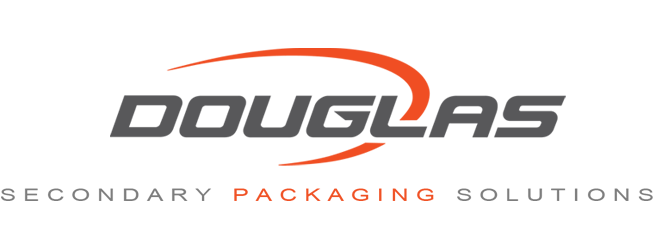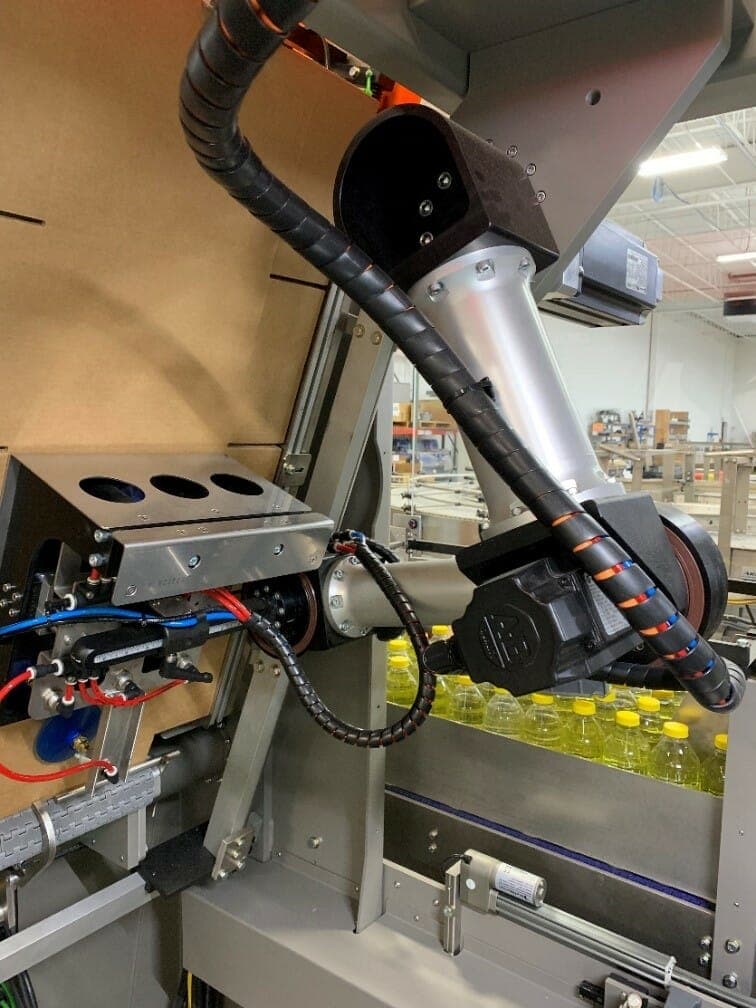The Power of Teamwork
Do you ever find yourself wondering how other departments and their jobs within fit in the grand scheme of things at your organization? Internal and external customer requests and demands are featured prominently in daily work. It is easy to focus solely on current priorities and not think about the overall impact that your work has on other parts of your organization. Additionally, if you focus exclusively on your own priorities, you tend not to notice what your fellow employees are working on and how it helps the company as a whole.
At Douglas, we strive to appreciate the work done by other departments. There are several benefits to this behavior, such as:
- Sharing of ideas: When other departments share how they do their work, you have the opportunity to look at the way you do your work through your colleagues’ “fresh set of eyes.” There are often opportunities for improvements that are brought to light when fellow employee owners ask questions about your department. Perhaps they don’t see why a task is done in a particular way. Be careful not to answer immediately with a “we have always done it that way” response before seriously considering the question. There may be a great opportunity to improve your processes that may be highlighted by the question.
- Instill a sense of camaraderie: When you work with other departments and learn each other’s motivations and how it relates to the entire company, you often gain a feeling of “we are in this together” with your fellow employee owners. You may also gain a greater sense of the challenges that other departments face on a daily basis. This increased understanding will often lead to empathy and a willingness to help other departments meet and exceed their goals, along with your own.
- When we understand more about other departments in our company, there are often opportunities to eliminate waste that come to light. These opportunities include eliminating unnecessary steps, adjusting of schedules to match requirements more closely, adjusting order quantities to optimize efficiencies, etc.
You may also personally benefit when you make decisions while considering other department’s needs. Developing your personal skillsets when working with other departments can increase your value to the company. Analyzing the impact of decisions on how they affect all areas in the company is a critical skill. Having this wider perspective is often valued highly when considering who will be assigned future leadership positions.
Employee owners of Douglas Finishing took time to recognize some specific fellow employee owners that helped with projects that span departments:
- Joe in Quality Control is always willing to help me get to the root cause of something and always has a great attitude. He also takes the time to teach me how to navigate through our online data system so I can look for answers in the future independently. He is a true example of the Douglas Values.
- Julie in the Accounting group provides monthly reports. Previously we took the data she provided, manipulated it so it was more usable for us and evaluated our performance in each area. When I was explaining to Julie the way that I modified her report so our team could better utilize the data, she enthusiastically offered to change the way she provides the data with the modifications we needed already in place. It was a bit of extra work for her to set it up at first, but for over a year now, I no longer have to go in and change the reports before we can use them internally. This change has saved Douglas Finishing many hours of work to modify the reports. It has also allowed the reports to be sent right to the areas that need the reports immediately, instead of waiting for me to modify the reports before sending them to our teams.
- Joe, Powered Truck Subject Matter Expert (SME), said that going back to October of 2017, we made 23 (or 1.24/month) non-preventative maintenance (PM) requests to vendors. Since March 2019, we have only contacted vendors two times for non-PM issues. To accomplish these improvements, Douglas Finishing took over scheduling of all PMs for the four powered trucks we lease, reviewed and modified the PM increments, and put a Critical Process Tracker process in place for both requesting and tracking PM/Non-PM’s. Now Douglas Finishing is communicating when PM’s can be done, leading to less down time. The Douglas Finishing Powered Truck Maintenance Coordinator now regularly reviews performance with the Douglas Powered Truck SME. This collaboration has reduced the communication required between Douglas Finishing and the vendor by the Douglas Powered Truck SME. This change has led to the following improvements:
-
- More of a focus on improvement versus just maintaining
- Identified additional issues and improvements at Douglas Finishing
- Better control and reduction of maintenance costs at Douglas Finishing
- Powered Truck vendor providing better maintenance. Due to our building layout, shifts, the volume of exterior storage, and how forklifts are used, the vendor now supports Douglas Finishing per our specific needs
- The process also has eliminated confusion uncertainty between the three groups due to more direct communication
- Better safety and less downtime around the Powered Trucks, including safety by the vendor when performing maintenance
We have seen many more benefits of working on projects that involve multiple departments and look forward to taking on even more of these challenges in the upcoming year to better serve and support our internal and external customers.




